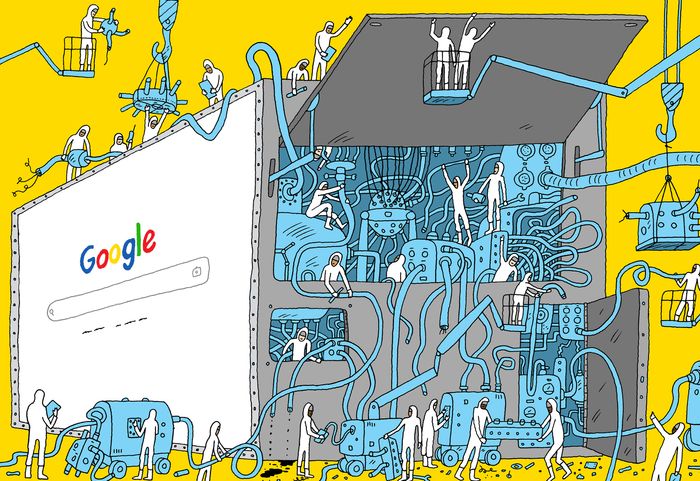Google has expanded its Google Search Generative Experience (SGE) program beyond the US and into the Japanese and Indian markets. SGE is Google’s response to Microsoft’s Bing AI and aims to provide summarized answers rather than a list of webpages. Unlike Microsoft’s AI, Google incorporates its AI directly into the search bar. The program was initially released in the US and has now been rolled out to users in India and Japan. The AI-enhanced search feature will be available in Japanese for Japan and in English and Hindi for India. Users can also use voice input to make queries. Google claims that people are having a positive experience with SGE, specifically noting high satisfaction scores from 18-24 year olds. However, concerns about the misuse of generative AI have arisen, with instances of online scams and calls for regulation.
The Power of AI in Search:
Google’s core mission has always been to organize the world’s information and make it universally accessible and useful. Over the years, it has achieved this through cutting-edge algorithms and machine learning. Now, it’s taking a giant leap forward with the integration of artificial intelligence (AI) into its search engine.
How AI-Powered Search Works:
- Natural Language Processing (NLP): Google’s AI-powered search employs advanced NLP models, allowing users to input queries in a more conversational manner. This means you can ask Google questions in the same way you’d ask a friend or colleague.
- Contextual Understanding: The AI engine comprehends context better than ever before. It can understand the meaning of words in relation to the entire query, providing more relevant results.
- Personalized Results: AI-powered search considers your search history and preferences, tailoring results to your individual needs. Over time, it learns more about your interests and fine-tunes its recommendations.
- Multilingual Support: In India and Japan, where multiple languages are spoken, AI-powered search is designed to handle queries in various languages, making it more inclusive and accessible.
The Impact on Users:
- Improved Search Experience: AI-powered search promises a more intuitive and user-friendly experience. Users can expect faster, more accurate, and contextually relevant results.
- Conversational Queries: Users in India and Japan can now ask Google questions in their own language, making search more accessible to a wider audience.
- Enhanced Multilingual Support: AI-powered search’s ability to understand and process multiple languages benefits users in diverse linguistic regions, ensuring they get the information they need.
- Personalization: As AI-powered search learns from user interactions, it becomes a more valuable tool, offering tailored results that align with individual preferences.
The Potential for the Future:
Google’s introduction of AI-powered search in India and Japan marks a significant step in its global journey to transform how users interact with information. The potential for the future is boundless:
- Expanded Reach: AI-powered search has the potential to reach millions of users in India and Japan, improving their online experiences and access to information.
- Continuous Learning: As users engage with AI-powered search, the system will continue to learn and adapt, providing increasingly relevant and valuable results.
- Innovation Catalyst: This development could serve as a catalyst for innovation in AI and natural language processing in India and Japan, fostering a thriving tech ecosystem.

